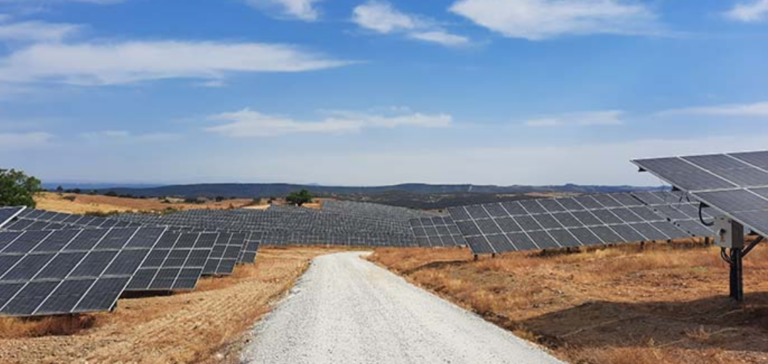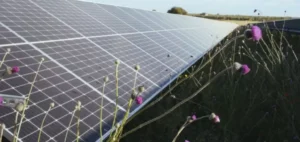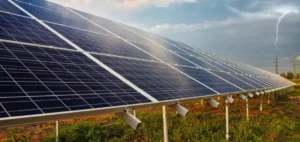Iberdrola, a world leader in renewable energy, is developing photovoltaics in Spain. The company has just obtained an environmental impact statement for a new photovoltaic plant. Located in the city of Cedillo, it will be able to supply 178,000 homes with clean energy.
A large-scale project
Iberdrola has obtained the Environmental Impact Assessment (EIA) for the construction of its plant. They are now indispensable for certain large infrastructure projects. Their objective is to measure the environmental cost of a project against its benefits.
Thus, Iberdrola intends to develop a large-scale photovoltaic project in Spain. In fact, the plant will be able to supply 178,000 homes with clean energy. This avoids the emission of 77,000 tons of CO2 per year. This performance is due to bifacial solar panels with two light-sensitive surfaces.
Located in the vicinity of a natural park, the plant will evacuate the electricity produced through an encapsulated substation. Another major technological and logistical challenge that guarantees a minimal environmental impact.
Already a leader in offshore wind, Iberdrola continues to develop its photovoltaic portfolio in Spain.
Iberdrola, leader in photovoltaic in Spain
The town of Cedillo is an example of the contribution of renewable energy to the sustainable development of rural areas. In fact, Iberdrola is planning to set up the first solar community in Spain. This initiative will allow residents to benefit from a 50% saving on their electricity bill.
Since then, Iberdrola has become the leader in photovoltaic in Spain with 12 other photovoltaic projects. Among the projects underway is the Francisco Pizarro project. With 590 MW of power, it is the largest photovoltaic plant in Europe and the largest of the group worldwide.
These multiple commitments confirm Iberdrola’s commitment toinvest heavily in renewable energy, a long-standing strategy for the company. Indeed, for twenty years, the company has seen renewable energy as a fundamental pillar on which it builds its model.






















